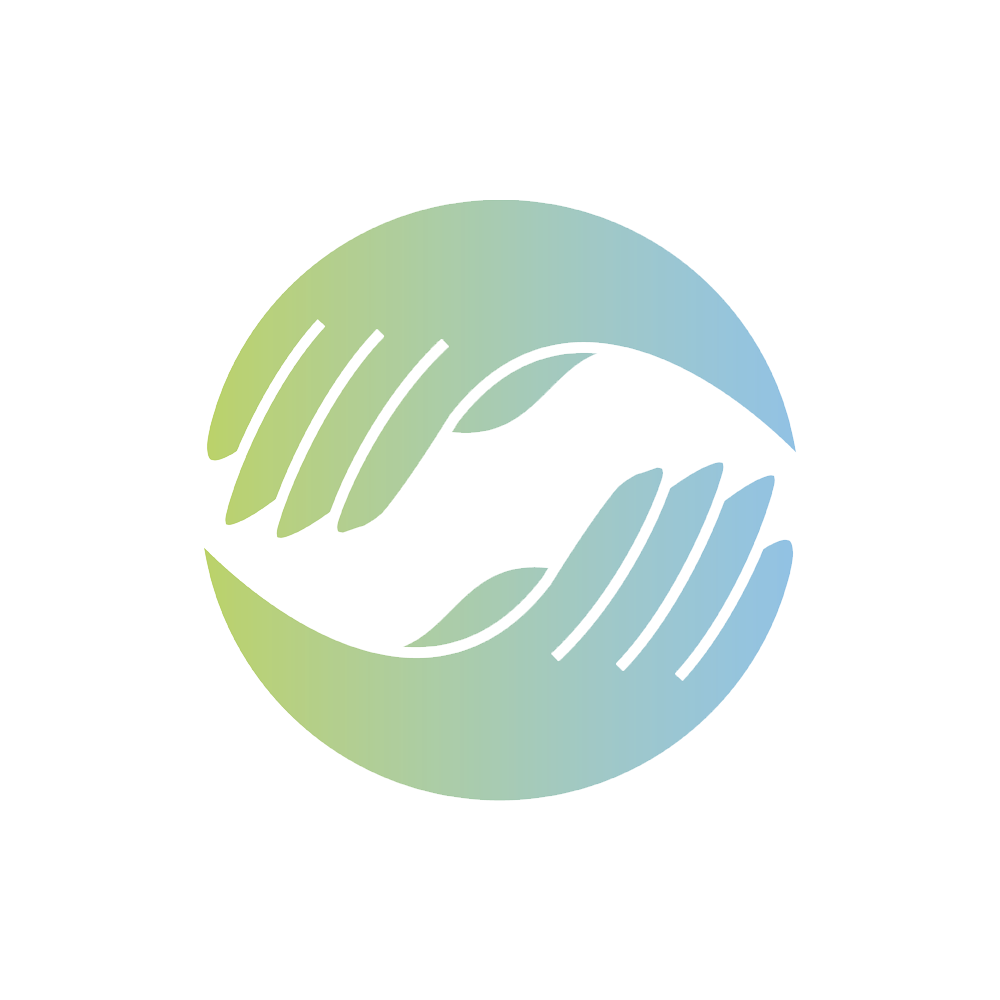Types
Swedish Massage
Originating in the 1700s, the Swedish massage is considered to be one of the first types of massage to be developed. Over the years it has evolved into a popular therapy, known for its five core techniques. These are:
● Effleurage – Long gliding strokes.
● Petrissage – Lifting and kneading the muscles.
● Friction: Firm – Deep circular rubbing movements.
● Tapotement – Brisk tapping or percussive movements.
● Vibration – Rapidly shaking or vibrating specific muscles
The aim of Swedish massage is to increase the body’s absorption of oxygen, which helps the body to rejuvenate. It also contributes to the detoxification process, which speeds up the rate at which cells eliminate waste. This process involves flushing lactic acid, uric acid, and other waste from the tissues. Swedish massage helps stimulate the skin and nervous system, and exercises the ligaments and tendons to keep them supple. The entire process is very relaxing and is championed for its ability to reduce both emotional and physical stress.
Deep Tissue Massage
Sports Massage
used to restore mobility to an injured muscle tissue. Stretching, compression, toning and trigger point response techniques similar to acupressure may be used. Those who seek out sports massage will find it can assist them through all stages of training. It can also provide recovery and prevention before and after competitions. Sports massage can also benefit individuals who don’t play sport. It is particularly helpful for those who are experiencing muscle pain and tension as a result of stress. The therapy is thought to improve circulation, boost lymphatic flow and help flush out metabolic waste.
Remedial Massage
Abdominal Chi Massage (Chi Nei Tsang)
Cranial Balancing
Tui Na
Cupping
Acupuncture
acupuncture points in the body. Inserting needles into these points with appropriate combinations is said to bring the energy flow back into proper balance.
Musculoskeletal - Repatterning Therapy
Tao-Yin (Pronounced Dow-Yin) Corrective Body Therapy
I have been relieving pain and increasing the wellbeing of my clients for over 15 years now. The roots of all my therapies are from the Far East where corrective, holistic therapies have been revered as alternative methods of medicine for thousands of years. The results I have witnessed are nothing short of incredible – I have seen clients relieved of severe pain; recovery from sporting injuries in half the usual time; clients being fully revitalized having suffered from chronic fatigue. I encourage you to look past conventional medicine and trust in the ancient practices that have been on the earth far longer than modern medical practices, which, unfortunately, don’t always provide the remedy we need.
I offer a combination of the following therapies
Swedish Massage
Sports Massage
Remedial Massage
Abdominal Chi Massage
Cranial Balancing
Cupping
Acupuncture
Musculoskeletal Repatterning
Tao Yin
Tui Na
The aim is to relieve stress, tension, pain, and a whole host of other ailments.

Contact
John Chin
T: 07552 114658
E: massageonthemove@live.co.uk